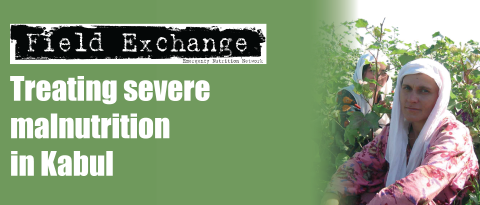Mortality Rates in Conflict Affected Darfur
Published paper1

Serverly wasted adult male
A recent article in the Lancet reported on the findings of a mortality survey in West Darfur, Sudan for the period 2003-4 conducted by MSF who were one of the first INGOs to obtain an authorisation to work in Darfur. The present conflict in Darfur began in earnest in February 2003 with the emergence of two anti-government rebel groups. The ensuing anti-rebel offensive led by pro-government Janjaweed militia and Sudanese army units, resulted in the displacement of more than one million people within Darfur itself, and the flight of about 188,000 to neighbouring Chad up until August 2004. Until this survey there had been no systematically gathered epidemiological evidence of mortality.
The MSF led retrospective cluster survey was conducted between April and June 2004 and involved 215,400 internally displaced people in four sites of West Darfur (Zalingei, Murnei, Niertiti, El Geneina). Mortality recall periods covered both the pre-displacement and post-displacement periods in Zalingei, Murnei and Niertiti, but not in El Geneina. Heads of households provided dates, and places of deaths and described the family structure.
Before arrival at displacement sites, mortality rates (expressed as deaths per 10,000 per day), were 5.9 (95% CI 2.2-14.9) in Zalingei, 9.5 (6.4- 14.0) in Murnei , and 7.3 (3.2-15.7) in Niertiti. Violence caused 68%-93% of these deaths. People who were killed were mostly adult men (relative risk 29.1-117.9 compared with children younger than 15 years), but included women and children. Most households fled because of direct village attacks. In camps, mortality rates fell but remained above the emergency benchmark, with a peak of 5.6 in El Geneina. Violence persisted even after displacement. MSF data from health centres in camps suggest a high incidence of shootings, beatings and rapes. Age and sex pyramids of surviving populations were skewed, with a deficit in men.
Surveys such as these have important and well described limitations. When mortality rates are high entire households may disappear (survival bias) leading to underestimates. Recall bias is difficult to measure but when retrospective periods are long, as in the Murnei and Zalingei surveys, less recent deaths may be under-reported. However, traumatic events may be reported as having occurred more recently than actuality leading to an overestimate of recent mortality. Also, the WHO/Expanded Program on Immunisation cluster design has not been fully validated as a tool to measure mortality, although no alternative methods have been clearly established for settings such as Darfur where systematic sampling is unfeasible due to the absence of an individual household sampling frame. In particular, design effects were higher than expected because of clustering of violent deaths.
The study team concluded that the findings did not in themselves substantiate claims that events in Darfur amount to genocide, not least because this would require demonstration of such an intent on the part of the perpetrators, which is clearly beyond the scope of an epidemiological survey. Nonetheless, the authors believe that in the four sites surveyed, high mortality and family separations amount to a demographic catastrophe. The study authors also state that in the scheme of African armed conflicts West Darfur's case seems exceptional because of the overwhelming contribution of violence to mortality, resulting in crude mortality rates that were actually higher than mortality rates among children younger than 5 years.
1Deportere E, et al (2004): Violence and mortality in West Darfur, Sudan (2003-4): epidemiological evidence from four surveys. The Lancet, vol 364, October 9th, 2004, pp 1315-1320.
Imported from FEX website


